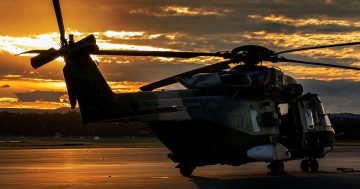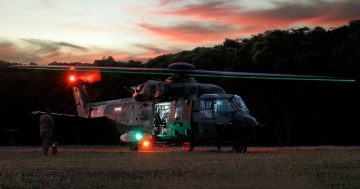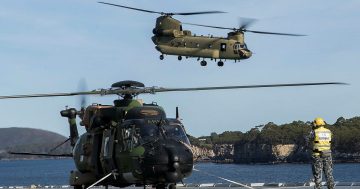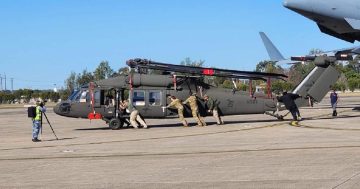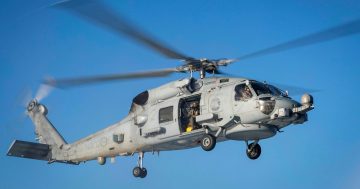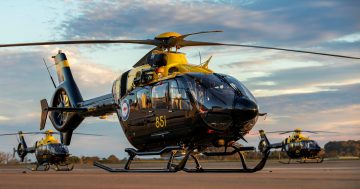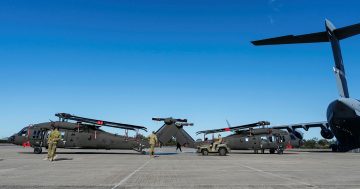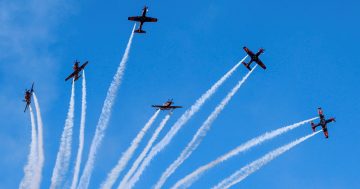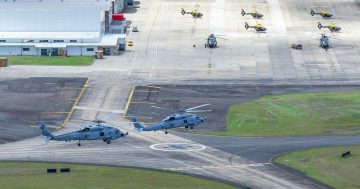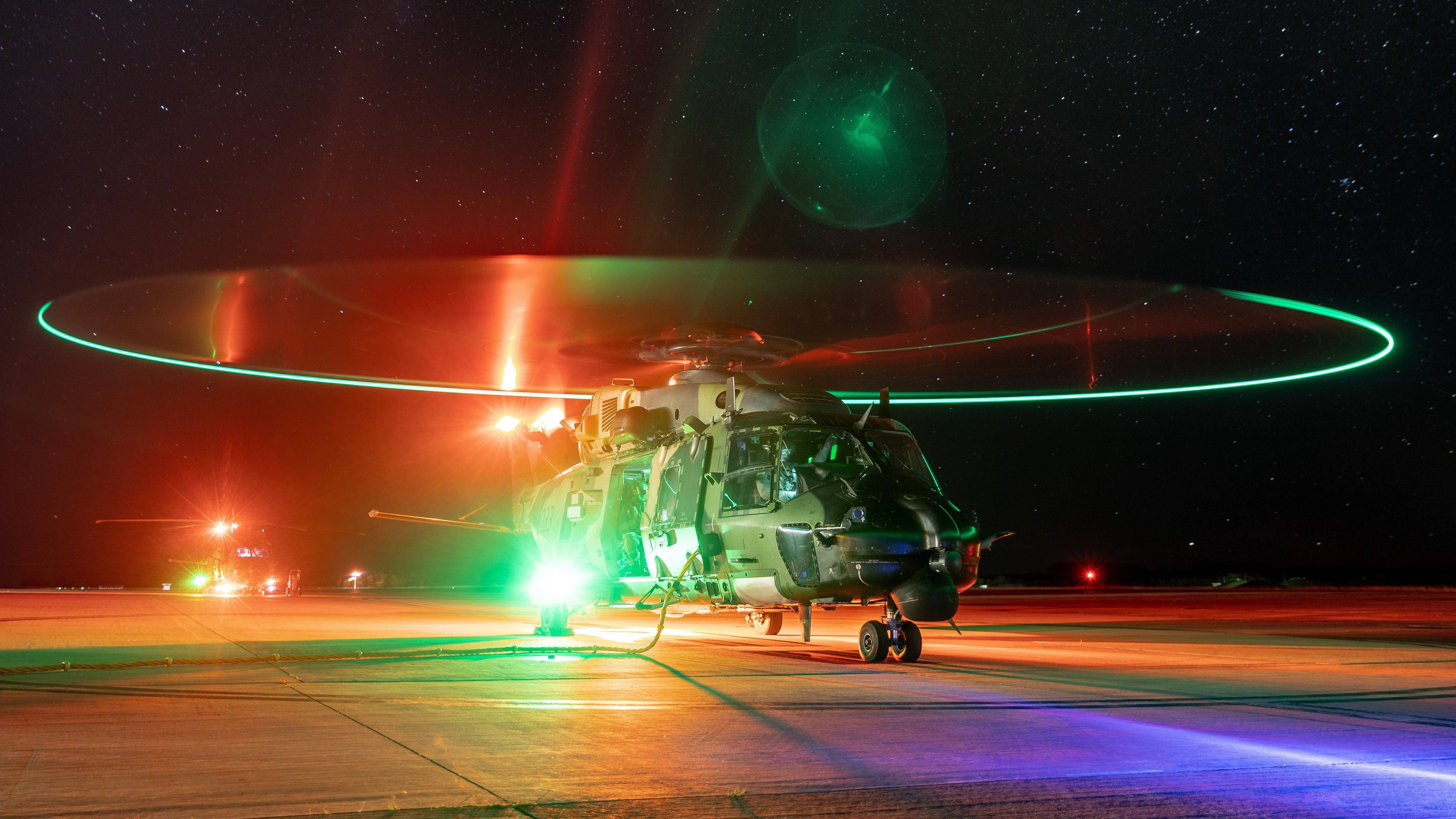
Despite being in service for little more than a decade, the Army’s 41 MRH 90 Taipans will be retired in favour of 40 Sikorsky Black Hawks. Photo: LAC John Solomon – ADF.
The Australian Defence Force has experienced no shortage of troubles in recapitalising its helicopter fleets in the past two decades. But three recent announcements appear likely to resolve many issues, albeit at a cost approaching $10 billion.
In the early 2000s, the ADF initiated the multi-phased Project AIR 9000 which sought to rationalise the helicopter force by replacing eight ageing fleets with five new types. Thus, realising savings in training, spares, and sustainment.
In 2005, Phase 2 of the project saw 12 MRH 90 Taipans ordered to augment the fleet of 34 Army Sikorsky S-70A-9 Black Hawks which entered service between 1987 and 1991. During Phase 4 in 2006, 28 MRH 90s were ordered to replace the Black Hawks, and six more were added in Phase 6 to supplant the Navy’s ageing Sea Kings.
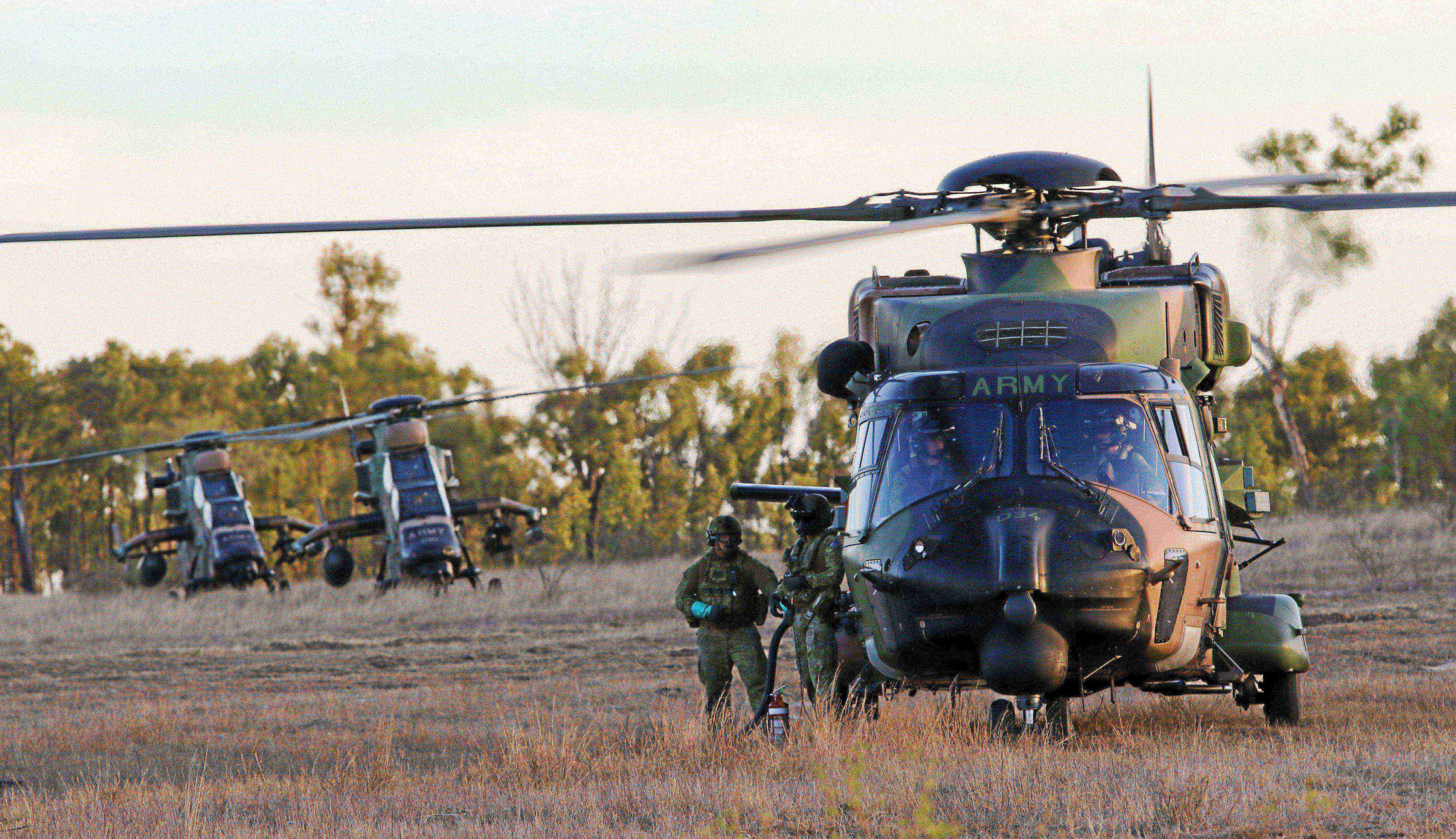
Defence’s goal of helicopter fleet rationalisation has resulted in nearly $10 billion of failed acquisitions and early replacements. Photo: LT Jonathon Smyth – ADF.
A further 24 advanced MH-60R Romeo Seahawks replaced the Navy’s Sikorsky S-70B-2 Seahawks as part of Phase 8 of AIR 9000 from 2015.
Meanwhile, Army’s Kiowa and Navy’s Squirrel training helicopters were also due to be replaced. Under AIR 9000 Phase 7, a teaming of Boeing and Thales was selected in 2014 to develop a new Helicopter Aircrew Training System based around 15 Airbus EC135 helicopters.
Following the ADF’s withdrawal from Afghanistan, the Army’s remaining Boeing CH-47D Chinooks were also due for replacement. Under AIR 9000 Phase 5C, 10 upgraded CH-47F Chinooks were ordered in two batches in 2015 and 2017, and four more were added in 2021 and 2022.
The Airbus Tiger ARH (Armed Reconnaissance Helicopter) was another helicopter already in Australian Army service during the AIR 9000 rationalisation. Twenty-two of these were acquired in 2001 under Project AIR 87 to replace the Kiowa and UH-1H Iroquois in the ARH role.
While AIR 9000 phases 5C, 7, and 8 are generally considered successful programs, the same cannot be said for phases 2, 4, and 6, nor for AIR 87.
The MRH 90, despite possessing better speed, range and payload performance than the Black Hawk, has never achieved a satisfactory level of availability.
The fleet has been grounded at least four times since 2010 due to technical issues and inconsistent configuration management. It compelled the Army to lease two commercial helicopters in 2021 to conduct training and non-combat support missions.
The Army has also been seemingly unable to overcome issues converting some of its MRH 90s to the special operations role, including challenges with the aircraft’s door gun position, cargo hook, winch, and cargo ramp. This led to some of the old Black Hawks being retained two years longer than planned.
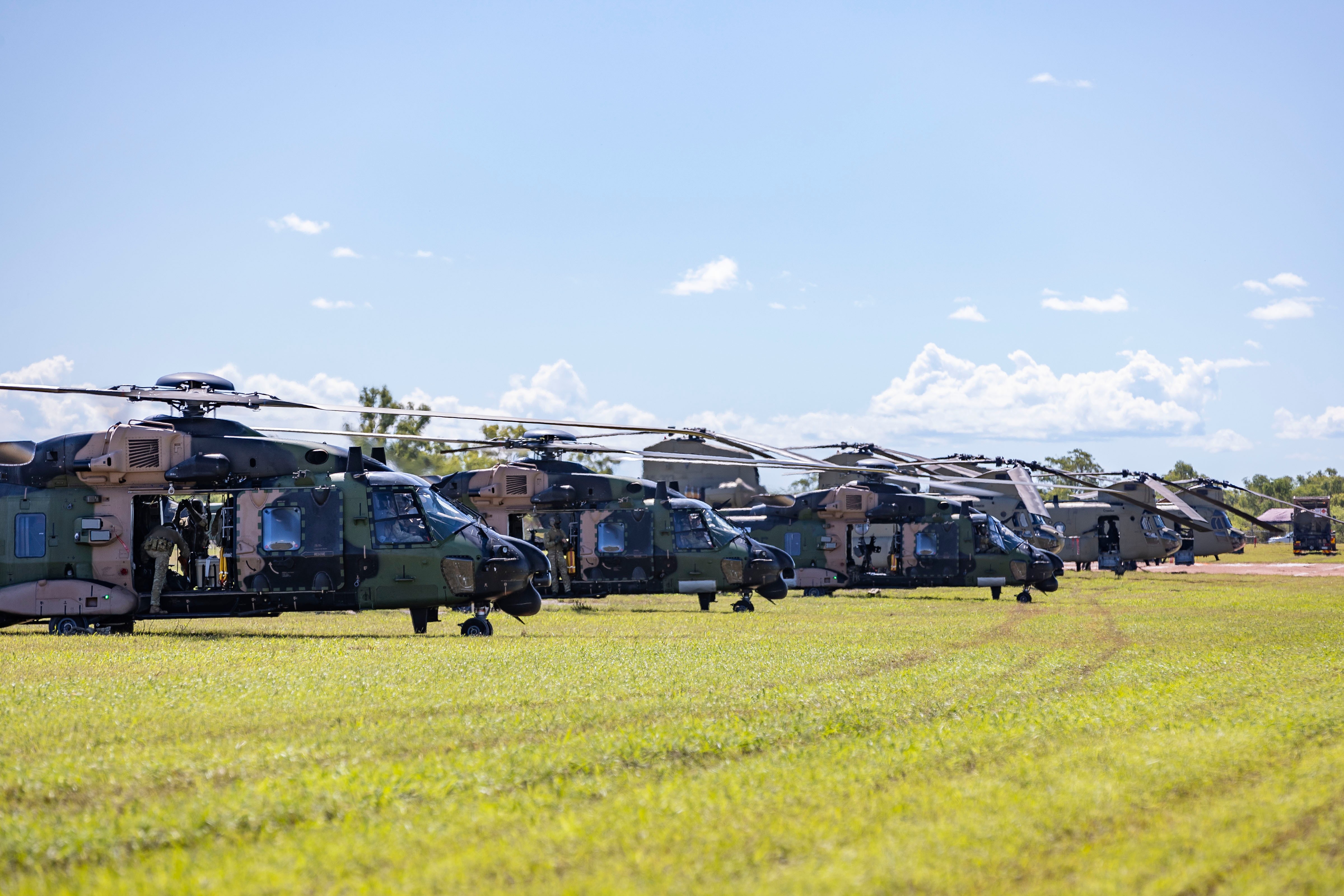
The MRH 90 has superior range, speed, and payload than a Black Hawk, but has never achieved the availability required to maintain a viable capability. Photo: CPL Jarrod McAneney – ADF.
In December 2021, Defence announced it would cut its losses and dump the troubled MRH 90, despite the fleet being less than halfway through its planned service life. Instead, it will buy 40 new Sikorsky UH-60M Black Hawks from 2024 under the new Project LAND 4507 Phase 1, estimated to cost more than $3.5 billion.
The Navy also announced in 2021 it would retire its six MRH 90s early and instead buy an additional 12 MH-60R Romeos under the $1 billion Project SEA 9100 Phase 1, taking the Romeo fleet to 36.
“The performance of the MRH 90 has been an ongoing and well-documented concern for Defence and there has been a significant effort at great expense to try to remediate those issues,” then Defence Minister Peter Dutton said on 10 December, 2021.
“It is critically important there is a safe, reliable, and capable utility helicopter available for our service men and women… with reasonable and predictable operating costs.”
The ARH Tiger has also had a difficult service life, experiencing many of the same sustainment and spares shortfalls.
Despite reportedly showing improved performance and availability since 2015, and notwithstanding an unsolicited offer by Airbus to substantially upgrade the Tiger fleet for “less than $1 billion”, it was announced in early 2021 the Army would buy 29 new Boeing AH-64E Apaches for more than $5.5 billion.
The new Black Hawk and Apache programs will likely be as successful as the Romeo and Chinook acquisitions. Unlike the MRH 90 and ARH Tiger, all four aircraft are already in service in substantial numbers and will be of a configuration common to the US and other allies.
Original Article published by Andrew McLaughlin on Riotact.


